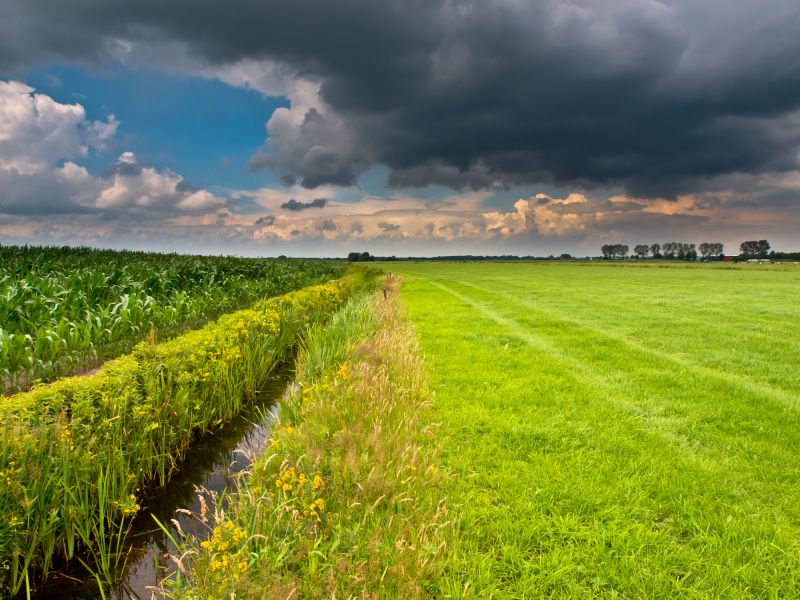Leading Driveway Drainage Solutions for Efficient Water Disposal
Identify top-performing products that help prevent flooding and protect your driveway from water damage.
 Effective driveway drainage solutions are essential for maintaining a safe and functional property, especially in areas prone to heavy rainfall or snowmelt. Proper drainage helps prevent water accumulation, which can lead to erosion, surface damage, or even structural issues over time. When selecting drainage products, it is important to consider the specific needs of your driveway, including its size, slope, and surrounding landscape. Many options are available to address different drainage challenges, from surface water runoff to subsurface water management.
Effective driveway drainage solutions are essential for maintaining a safe and functional property, especially in areas prone to heavy rainfall or snowmelt. Proper drainage helps prevent water accumulation, which can lead to erosion, surface damage, or even structural issues over time. When selecting drainage products, it is important to consider the specific needs of your driveway, including its size, slope, and surrounding landscape. Many options are available to address different drainage challenges, from surface water runoff to subsurface water management.
Top Overall Option
Modular Trench Drain System
A modular trench drain system offers flexible and customizable drainage management. Its design allows for easy installation and maintenance, making it suitable for a variety of driveway sizes and configurations. These systems are typically composed of interlocking sections that can be adapted to fit specific space requirements, providing efficient water diversion and reducing surface water pooling. Their durable construction ensures long-term performance, and many models include grates that can handle pedestrian or vehicular traffic. This type of drainage solution can be integrated seamlessly into existing landscapes, helping to maintain driveway integrity and safety.
Types of Products For Driveway Drainage Solutions
Surface Grates
Installed across the driveway surface, surface grates help collect and divert runoff water efficiently, preventing pooling and erosion.
Channel or Trench Drains
Long, narrow drains that channel large volumes of water away from the driveway, ideal for sloped surfaces.
Underground Drainage Pipes
Subsurface piping systems that direct water away from the driveway foundation, reducing seepage and pooling.
Catch Basins
Designed to collect surface runoff and connect to underground pipes for efficient drainage.
Perforated Drainage Pipes
Flexible pipes with perforations that facilitate water entry and exit, used in various drainage applications.
Drainage Mats and Grids
Permeable mats that promote water infiltration and reduce surface runoff.
Sump Pumps
Pumps used to remove accumulated water from low-lying areas of the driveway or underground drainage systems.
Retention Basins
Containment areas designed to temporarily hold stormwater and release it slowly, preventing flooding.
Rain Gardens
Landscape features that absorb runoff water, enhancing drainage and aesthetic appeal.
Flexible Drainage Channels
Portable and adaptable channels that can be repositioned to manage water flow as needed.
Popular Choices
Widely used for their ease of installation and effectiveness in managing surface water runoff.
Affordable and durable, these drains are suitable for various driveway applications.
Commonly selected for underground drainage, helping to prevent water accumulation beneath surfaces.
Effective for capturing runoff and connecting to underground piping systems.
Complete kits that include grates and channels, suitable for DIY installation.
Permeable mats that facilitate water infiltration and reduce surface pooling.
Used to remove collected water from underground drainage systems or low spots.
Popular for combining drainage with landscape enhancement.
Portable options for managing water flow in various driveway configurations.
Effective for directing water beneath the surface, reducing surface runoff.
Drainage systems can range from simple solutions like surface grates and trench drains to more complex systems such as underground piping and retention basins. Surface grates are typically installed across the driveway to catch and redirect water, while trench drains, also known as channel drains, are designed to channel large volumes of water away from the surface efficiently. For properties with persistent water issues, subsurface drainage systems can help by collecting and diverting water beneath the surface, reducing pooling and erosion risks.
Choosing the right drainage products involves understanding the volume of water you need to manage, the driveway’s slope, and the surrounding landscape features. Proper installation is crucial for optimal performance, and many products come with installation guidelines or professional recommendations. Regular maintenance, such as clearing debris from grates and inspecting underground pipes, ensures that your drainage system continues to function effectively over time. By investing in suitable driveway drainage solutions, property owners can enhance safety, protect their investments, and improve the longevity of their driveways.
Key Buying Considerations
- Assess the volume of water your driveway needs to drain during heavy rainfall or snowmelt.
- Evaluate the slope and layout of your driveway to determine the most effective drainage approach.
- Consider the material durability and load capacity of the drainage product, especially if vehicles will pass over it.
- Check compatibility with existing landscape features and ease of integration.
- Determine whether surface or underground solutions best suit your drainage needs.
- Review installation requirements and whether professional help is necessary.
- Account for maintenance needs, such as clearing debris or inspecting underground pipes.
- Choose products with appropriate grates or covers to prevent debris ingress and ensure safety.
- Consider the potential for future expansion or modification of your drainage system.
- Verify product dimensions and compatibility with your driveway size and shape.
- Look for corrosion-resistant materials if the system will be exposed to harsh weather conditions.
- Identify whether the system is designed to handle stormwater or persistent seepage issues.
- Evaluate the ease of cleaning and access for maintenance tasks.
- Check local building codes or regulations related to driveway drainage installations.
- Consider aesthetic aspects to ensure the drainage system blends seamlessly with your landscape.
